Why you need
to stop using PDFs

PDFs are bad for SEO, accessibility, integrations, and analytics. They’re not interactive, they’re extremely painful to read on phones, and people won’t usually download them unless they have no other option.
By Matt McGregor
And yet, PDFs are everywhere. They’re a zombie format, dead but still somehow shuffling around the internet. But if PDFs are dead, then what mutant virus is keeping their zombies walking around?
In this piece, I argue that this mutant virus is your humble company website. Content teams use PDFs because their websites aren’t good enough. Built for developers and web designers, these websites — even the still-extremely-complicated ‘no code’ variety — make it impossible for non-technical teams to publish beautiful content quickly.
Beautiful content, quickly: this is the promise of PDFs. But PDFs are also ‘beautiful content, ignored.’ If content teams want to truly engage their audience, we need to find a way to build ‘beautiful content, quickly’ on the web.
Let’s go into a bit more detail, starting — unusually, perhaps, for a zombie thriller — with a confession.
Confessions of a PDF tragic

I’ve made a lot of PDFs in my time. I’ve made marketing collateral, sales proposals, slide decks, reports, policy documents (previous life), educational resources (previous life before the previous life), and so much more.
Today, I wonder: how much of it was read?
If the World Bank is anything to go by, the answer is ‘bugger all.’ According to reporting from The Guardian, more than 30% of the PDFs produced by the World Bank were never downloaded at all.
To any content professional, this is a horror story. Think of the creative energy that went into creating that mass of content: the intellectual rigour, the internal reviews, the reviews of the internal reviews, the sheer wasted potential of it all.
Why we use PDFs when
no one reads them

The magic of the PDF is that it gives content producers — from marketing designers producing collateral to lawyers writing contracts — a sense of control. This means (in theory at least) that content will be consumed exactly as the producer intended.
This is important for designers, who can go straight from their design software to the final product, confident that everything will stay perfectly aligned.
It’s also important for writers. In my experience, the people writing the words tend to lose control over the creative process when developers are heavily involved. The more technical the process, the less control most writers feel they have.
This matters more than we might think. As we know from Hollywood movies, creative projects quickly veer off course if the people with the vision — whether that’s a blockbuster or a white paper — lose control of the process.
What a great creative
process looks like

PDFs enable an efficient and effective creative workflow. If you create beautiful content for a business, the most efficient creative workflow is to pair up a writer and graphic designer and let them work as a semi-autonomous team.
No developers. No web designers. No overly-opinionated managers.
Alongside a streamlined process of quality control and editorial review, this team will be able to regularly publish (‘ship,’ I guess, if you work in tech) content. This will in turn allow them to rapidly learn from their audience, make incremental improvements, and — most importantly — enjoy their bloody work.
After all, the most effective way to generate enthusiasm in a content team is to allow them to publish work they are proud of as often as possible.
In my experience, this process is the most cost effective way to delight an audience. And, given the prominence of the PDF, most content teams agree.
Website development breaks the creative process

That’s enough praise for the PDF. Let’s be clear: in this process, the needs of the creator have massively outweighed the needs of the reader. The content team high-fives while they pump out beautiful PDFs; the poor reader weeps.
Or, more often, the reader ignores the PDF altogether.
So what’s the solution? To create beautiful content for the modern web, that works on the devices your audience uses every day.
The problem is that historically, beautiful web content has required developers and web designers. These folks are expensive and slow. And as I’ve explained above, technical bottlenecks — or outright blockages — break our ideal creative process. They make the content team less efficient, less productive, and less happy. It ends up costing more to create worse content.
Again this is why we turn to PDFs for our ‘special’ content. But if this is where the special content goes, what happens to the corporate website?
The website paradox

Most websites have two kinds of content: pages and posts. Pages are often built with developers and web designers. Even with no-code tools, they’re relatively expensive to create and edit, especially if you want changes to the layout. Most companies can’t afford to indulge in a rapid, iterative creative process for these pages because they’re such a PITA to change.
Let’s bracket ‘pages’ for our purposes here, as they’re usually not the sort of content that has ever lived in a PDF, and they’re not the bread-and-butter of most content teams.
Posts — the stuff that blogs are made of — are different. They’re usually highly templated, with little opportunity for interesting graphic design beyond a header image or a stale GIF.
From a creative point of view, ‘posts’ are often the most discoverable and least interesting content a company has to offer. PDFs, on the other hand, are often the least discoverable and most interesting.
The status quo is an opportunity

Let me repeat the obvious point: it’s not a great idea to make your best content incredibly difficult to find and consume.
But because nearly everyone is doing it, there’s a clear and present competitive advantage for modern content teams to make beautiful content, quickly — for the web.
This is an opportunity because a new breed of web tools (if you haven’t guessed already, Shorthand is one) allows writers and (if needed) graphic designers to build beautiful content for the web autonomously, without needing developers or web designers.
We’ve exploited this opportunity ourselves. We’ve built our team and our budget around the need to produce beautiful content at scale, and we’ve had outsized results.
You can do the same. Your competition — either for business or for the attention of your audience — will get there soon enough. News media has been leading the charge, and we’re seeing genres like annual reports and white papers also making great strides. We showcase examples of folks doing this in our newsletter.
But there’s still plenty of zombies out there. And that’s a clear opportunity for your team.
Not convinced? Let me flog this (un)dead horse some more with a Definitive List™️ of why your team needs to stop using PDFs.
8 reasons to stop
using PDFs

1. PDFs are painful to read on phones
Your content needs to be optimised for multiple devices, and this is simply something that PDFs are not built to do.
For nearly a decade, more than 50% of web traffic has come from mobile phone users. This means that anyone publishing their content in PDF will either annoy or — more likely — lose 50% of their readers.
There aren’t any excuses for punishing your reader like this. You can’t expect people to sit down to read your PDF on a desktop monitor — that era is over. And the era of people printing out your PDF is very, very over.
These days, people read everything on their phones, including longform content. As has been true for a long time, the best approach is to assume that your audience is mobile-first, and proceed from there.
2. PDFs aren’t accessible
Accessibility is about allowing your audience to enjoy your content.
There are moral reasons to do this — everyone should be able to access content on the web with relative ease. But there are also business reasons to do so. One in five people have some form of long-term illness, disability, or impairment. It’s a serious problem to solve — and a seriously large audience to exclude from your audience.
Modern content teams need to have accessibility front and centre — and PDFs generally aren’t accessible. They aren’t designed for mobile devices, and they typically don’t work with screen readers.
Even PDFs that have been specifically designed and produced with accessibility in mind (not a trivial task) are not guaranteed to work on all kinds of devices and software.
Well-designed websites, on the other hand, can be fully accessible — even when they’re highly interactive and immersive.
3. PDFs are not search engine optimised
PDFs perform poorly in search. This means that any content you publish to the web as a PDF will get few (if any) visitors from organic search.
By publishing your content as a PDF, you cut off one of the most powerful — and cheapest — forms of content distribution you have: SEO. It makes little sense to invest in slick, well-produced content, only to watch it sink into obscurity.
Even if you’re not creating content ‘for’ search, Google will still be an important discovery mechanism for your readers.
4. Better analytics
Modern content teams are data-driven. On the lighter end of the spectrum, getting the metrics they need will involve analysing and reporting on data from Google Analytics. On the more heavyweight end, this will include complex funnel-tracking, heat-maps, and statistical analysis.
Either way, content teams no longer produce content just to fill space on the blog. They have to report on the performance of their work, and they need data to help them optimise and improve along the way.
PDFs don’t allow you to measure content performance in any meaningful sense. This makes it impossible to properly report on the impact of what has been produced, which in turn makes it hard to make meaningful decisions on future investment.
5. The best web content is more beautiful than any PDF
The standard of (some) content published to the web has risen dramatically over the last few years. While many organisations still publish content using their legacy CMS, an increasing number are producing immersive digital stories — especially the major media brands that folks interact with every day.
Let’s look at an example from Arab News.
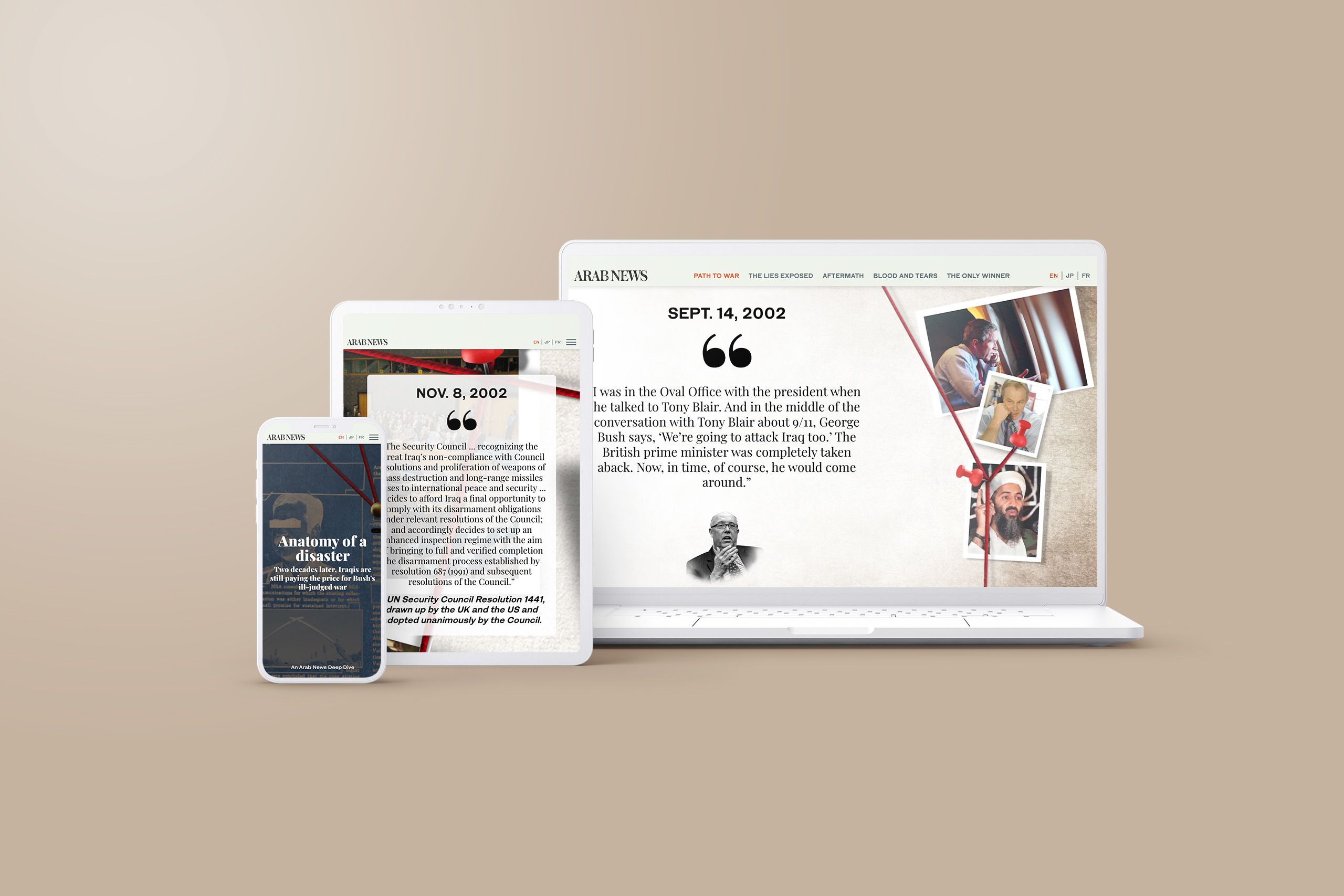
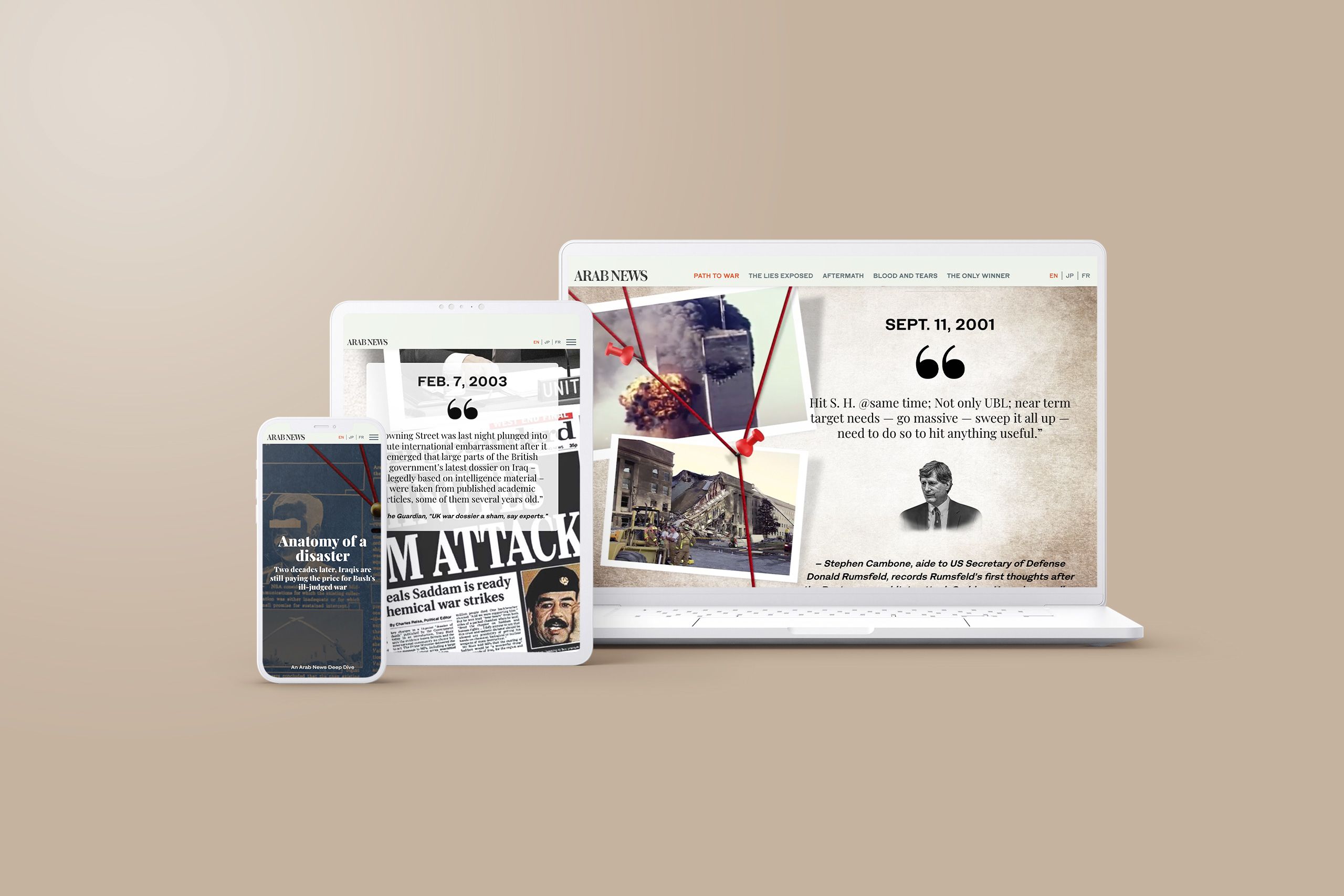
It’s an impressive story, and it obviously can’t be replicated in PDF. And, crucially, it’s a type of story that can be built with modern tools without writing a line of code.
6. Better display of images
Great visual assets can be expensive or complex to produce. Too often, though, they are given short shrift in PDFs, where they need to compete for real estate within the confines of the page.
With fully responsive digital content, this simply isn’t the case. On the web, you can give your visual content – such as photographs or illustrations – the primacy they deserve.
A great example comes from the Sydney Opera House, who use Shorthand to display a series of gorgeous and haunting photos of the Opera House during lockdown.

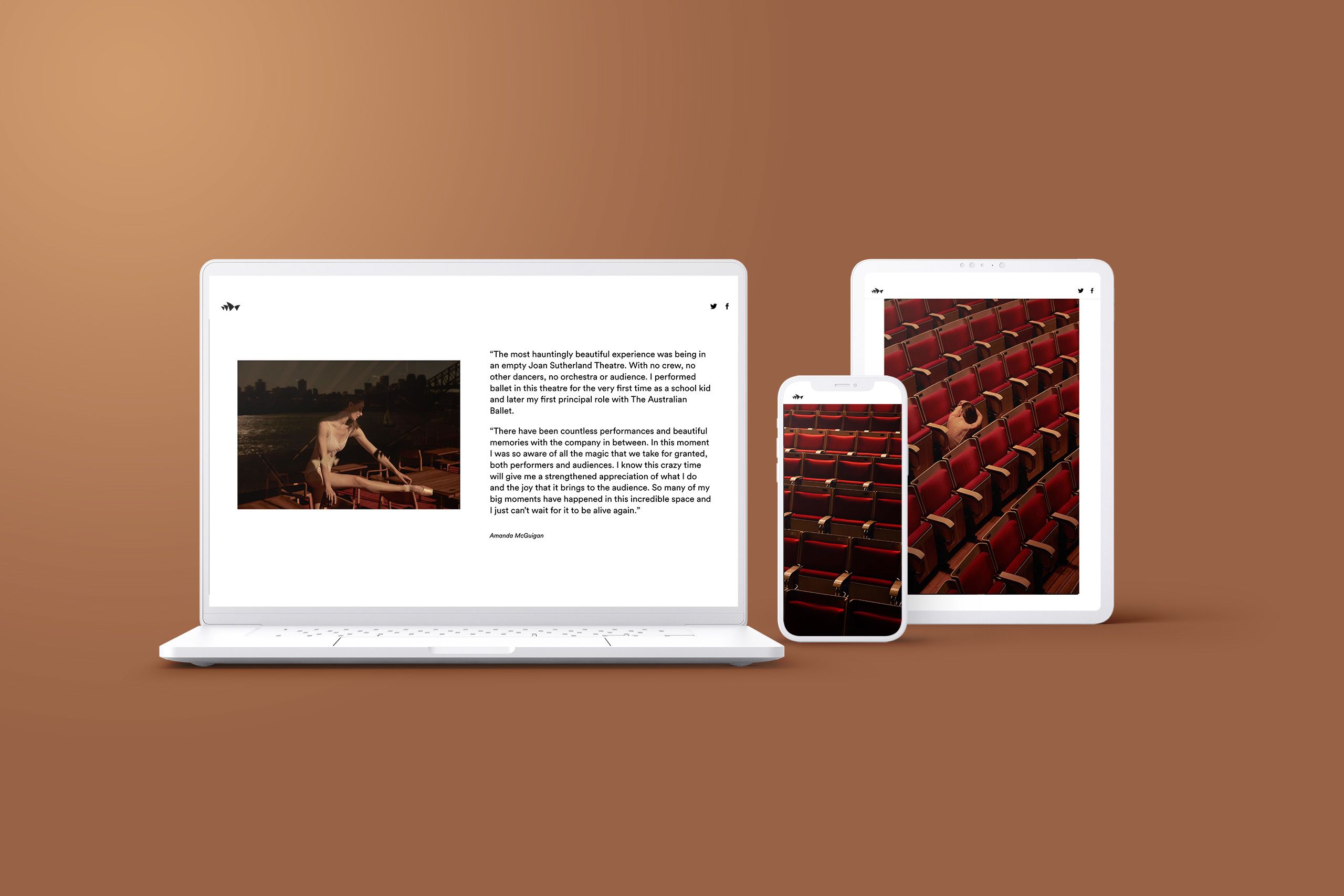
7. PDFs don’t integrate with third party tools
One of the most exciting things about the modern web is the diversity of tools that can be integrated into published content.
From simple YouTube videos and social media posts to graphs, charts, and maps, there are hundreds of excellent third-party tools that can be used in a digital story. One example comes from The Quint.
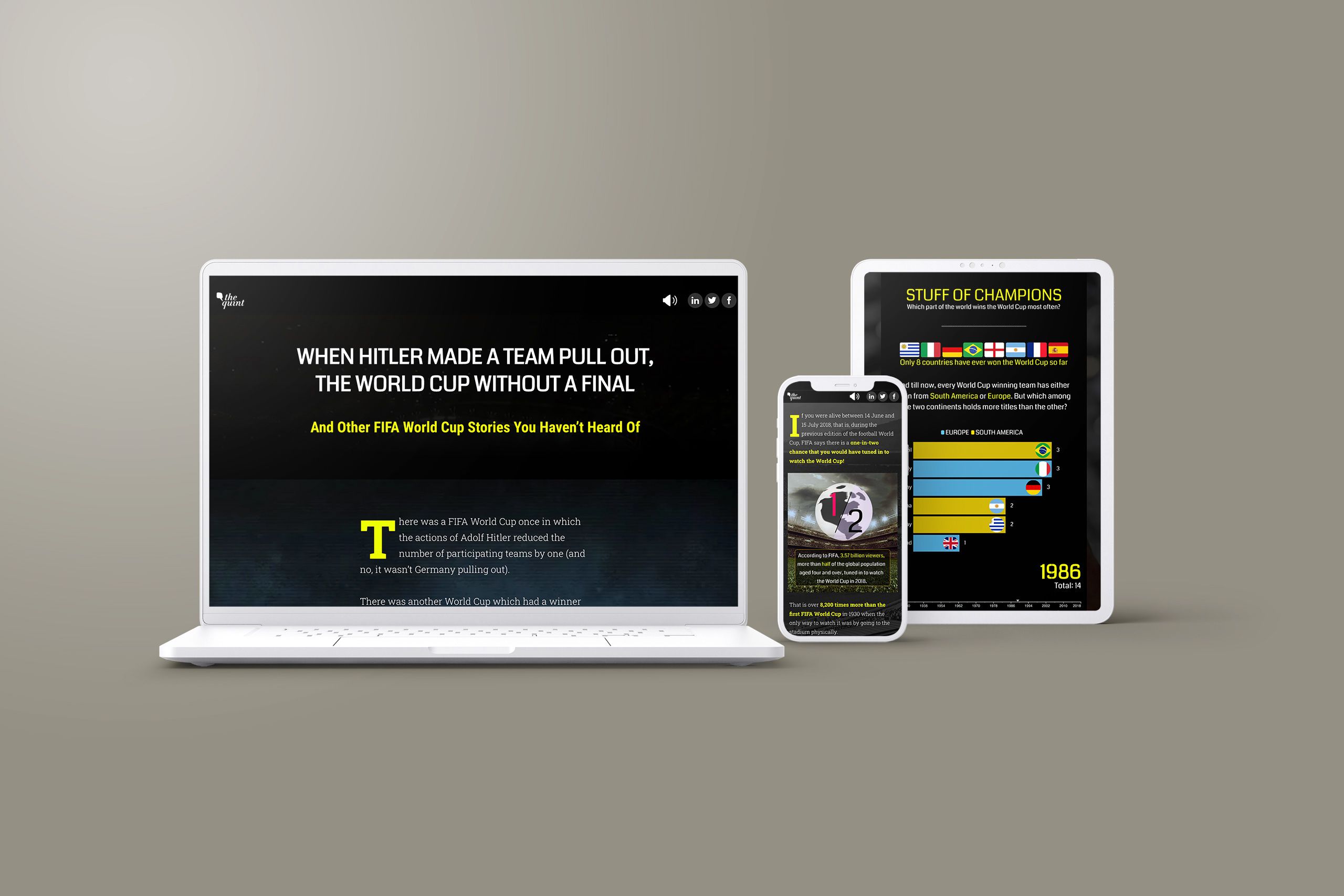
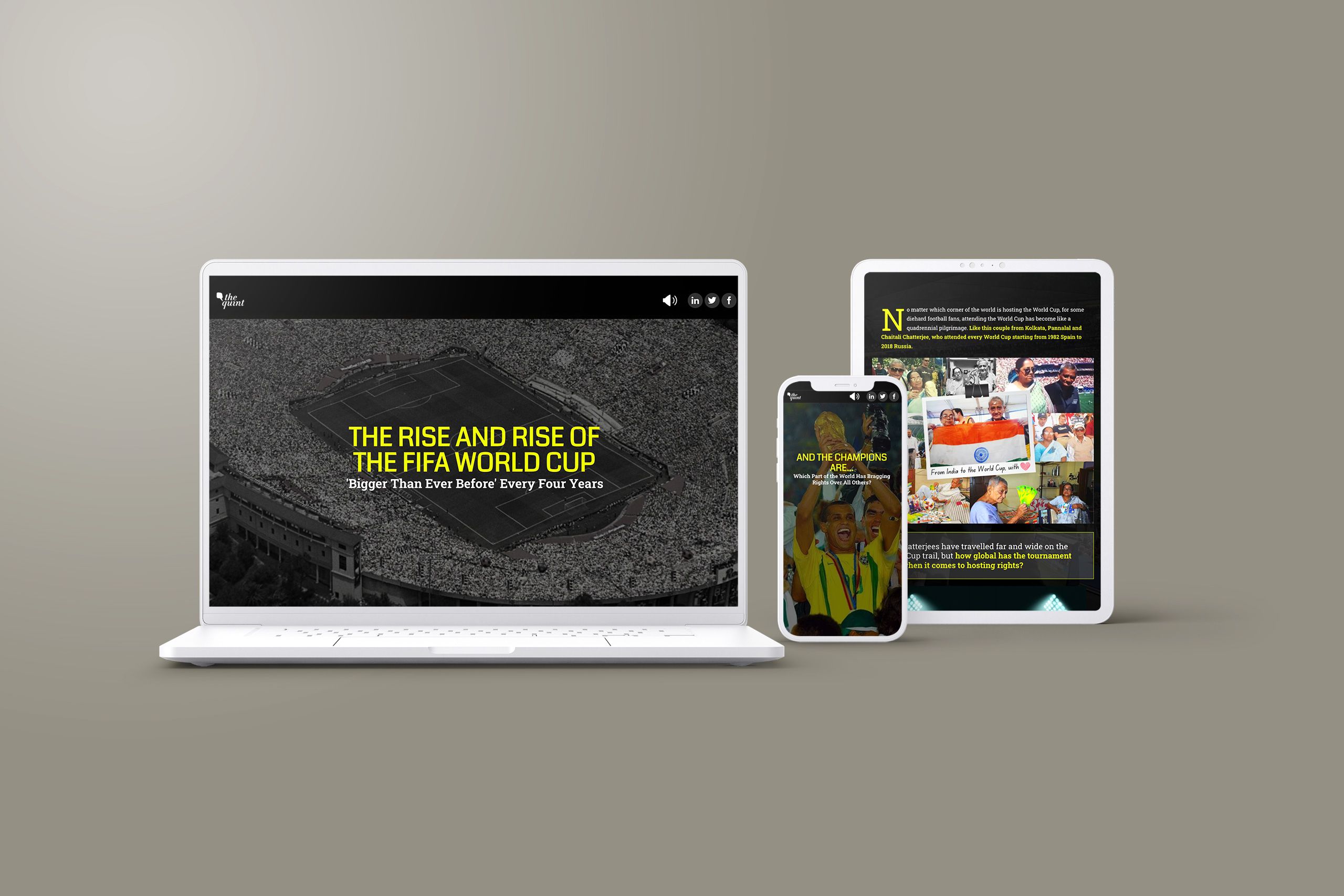
Much like zombies, PDFs are resistant to change. This format limits your ability to adapt and reimagine the content that you worked so hard to create. While PDFs can (awkwardly) manage links, it simply isn’t built to realise the potential of the modern web.
8. PDFs are being phased out in some sectors
In 2018, the UK Government approved the Public Sector Bodies (Websites and Mobile Applications) (No. 2) Accessibility Regulations.
The title is a mouthful, but, as part of these regulations, the government signalled that it will no longer accept PDFs as an acceptable way to publish government content — unless it is ‘paper-first’ content designed to be read in print.
Accessibility guidelines published at GOV.UK in December 2020 make the new rules crystal clear: “If you publish a PDF or other non-HTML document without an accessible version, you may be breaking the law.”
Its reasons for doing so are much the same as we’re outlining here, and you can read them in full in its 2018 blog, Why GOV.UK content should be published in HTML and not PDF.
Of course, these regulations only impact UK government agencies. But they signal a broader trend for large organisations — including government agencies, universities, and companies — to adopt policies against the use of PDFs.
For content teams, it makes sense to get ahead of this change, and begin the transition to more modern and accessible methods of publication.
9. There is plenty of inspiration
If you’re looking to move away from PDF publishing, there are thousands of impressive examples to learn from.
Many of the world's largest corporations, governments, universities, and nonprofits are already using the web to publish beautiful content.
At Shorthand, we've built out more than a dozen collections of example stories to make it easier to find inspiration, including NGO stories, data stories, annual reports, and digital magazines.
A post-PDF world

We’re nearly at the end.
The humble PDF has had quite a run. Produced by Adobe in the early 1990s, the PDF was launched publicly in 1993.
Since then, the PDF has become one of the most popular document formats in the world, used for everything from government legislation, employment contracts and mortgages to scientific publishing, annual reports, and marketing collateral.
For a long time, there was no real alternative. But that’s changed.
If you’re producing PDFs today, you’re making a choice to favour the comfort of your own legacy production processes over the experience of your readers. At best, you’re asking them to pinch and zoom, squint and curse. At worst, you’re excluding them altogether.
Don’t let the zombies win. Ditch the PDF, once and for all.

